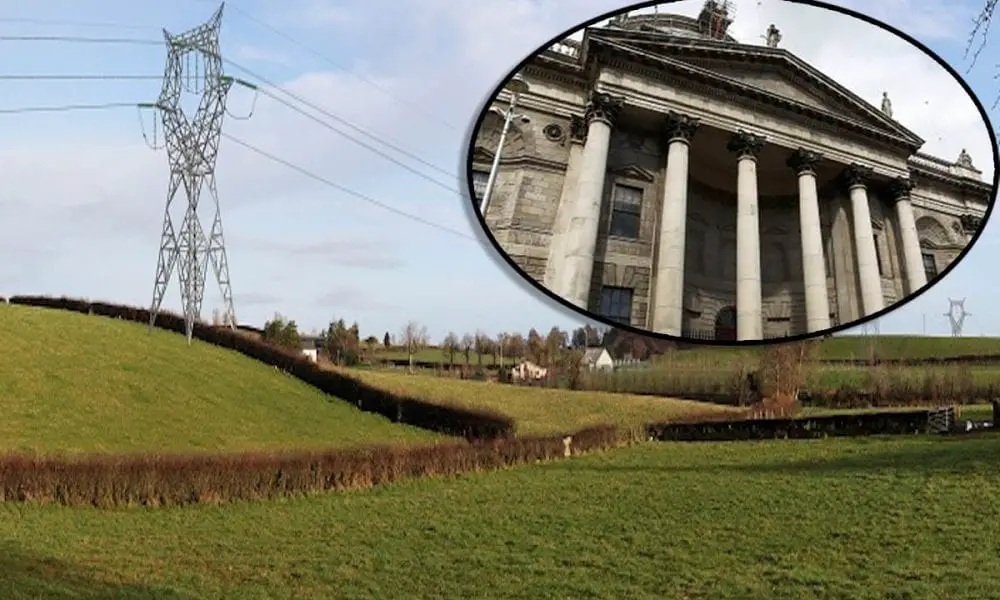Landowners in Armagh & Tyrone challenge the North South interconnector in court. They cite damage to landscape and property values.

The legal proceedings occur on Wednesday, February 19th. They challenge infrastructure department decisions related to building pylons stretching over 34 km through Armagh and Tyrone.
SEAT represents local residents’ worries. SEAT stands for Safe electricity Armagh and Tyrone, representing about 6,500 people living near the planned interconnector route. SEAT asks the new Infrastructure Minister, Liz Kimmins, to stop forceful land access requests until court ends.
About 150 landowners, mostly small farmers in Northern Ireland, may be impacted. The pylons start in Turleenan, County Tyrone, going through Armagh for 34 km, and crossing into Meath, Cavan, and Monaghan for 103km.
John Woods spoke for SEAT before court, saying people are treated poorly and accessing private lands is a problem. He added pylons cause landscape damage and can lower home and farmland values.
Farmers and landowners want underground cables to avoid unsightly pylons. Pylons make the area an industrial zone.
Woods talked about underground cabling consensus, citing the Meath Kildare interconnector that buried cables after considering local views and finding public support. He says pylon arguments don’t make sense because burying cables is deemed too expensive while the impact of above-ground towers gets ignored.
He states the government must face irreversible damage to the countryside, farmers, and tourism, emphasizing that protecting rural life is essential. Woods stated the group supports clean energy, but not the overhead pylon scheme.
Since 2006, the group has questioned the project’s need and value, and SONI’s communication methods. SONI operates Northern Ireland’s electricity transmission.
The court case challenges infrastructure decisions related to pre-construction conditions in the planning.